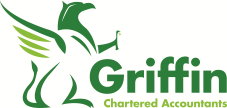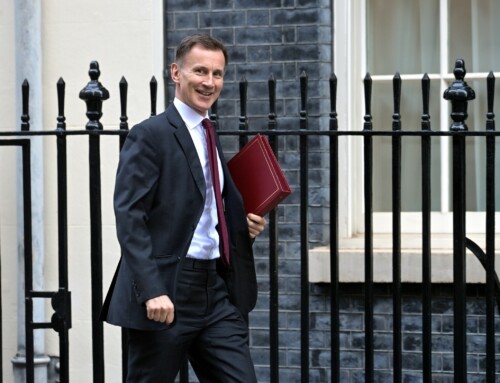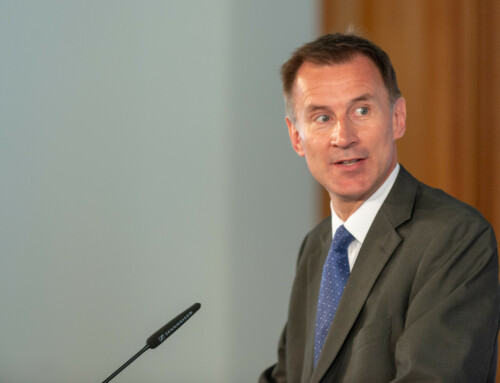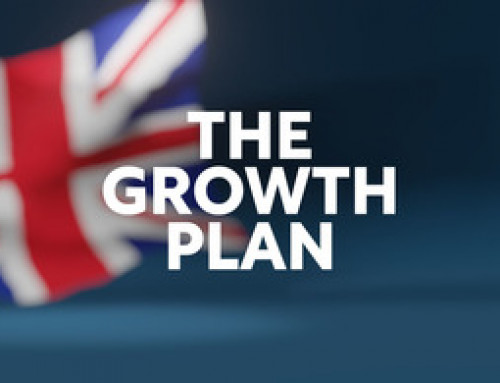Limited cost traders – Flat rate scheme

Summary
Why are they making the change?
HMRC perceive that a number of businesses are aggressively using the Flat Rate Scheme to pay less VAT. This change, they hope, will move a lot of these businesses to the new less beneficial rate and generate VAT income closer to what would have been paid under the standard VAT scheme.
What do we think of the changes?
To coin an old phrase, HMRC are using a hammer to crack a nut. Firstly, the flat rate scheme is only open to businesses with < £150,000 turnover, so the lost VAT cannot be huge. Secondly, the entire point of the Flat Rate Scheme was to make things simpler for smaller businesses and all this change does is introduce a new layer of complexity.
HMRC describe the purpose of the Flat Rate Scheme:
“designed to simplify your records of sales and purchases”
However, small businesses will now have to work out if they meet the limited cost trader definition. The definition of a low cost trader is a business that spends less than 2% of their turnover or £1,000 on goods. HMRC has only now, just a month before the changes come into effect clarified what counts as ‘goods’.
What counts as ‘goods’
When the initial announcement was made little guidance was given around what counted as goods and what counted as services. This left business owners in an awkward position, unable to determine how the new rules would affect them. HMRC has now released new guidance (see here) which clarifies that goods are physical items and services are everything else. A few things are also specifically excluded from being goods:
What to do if you think you might be affected?
HMRC is releasing an online tool to help businesses decide whether they will be defined as a limited cost trader or not. This should help borderline businesses to work out if they are affected.
Assuming your business will be classed as a limited cost trader, then you will almost always be better off moving to the standard VAT scheme. However, the financial gain does need to be weighed against the increased complexity of the standard VAT scheme VS flat rate. The other option, if your turnover is below the VAT registration threshold of £83,000 is to deregister from VAT.
If you have any questions regarding the Flat Rate Scheme or any other matters, please get in touch on 01404 41977 or graham@griffinaccountancy.co.uk



